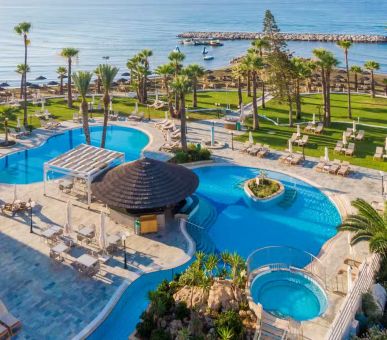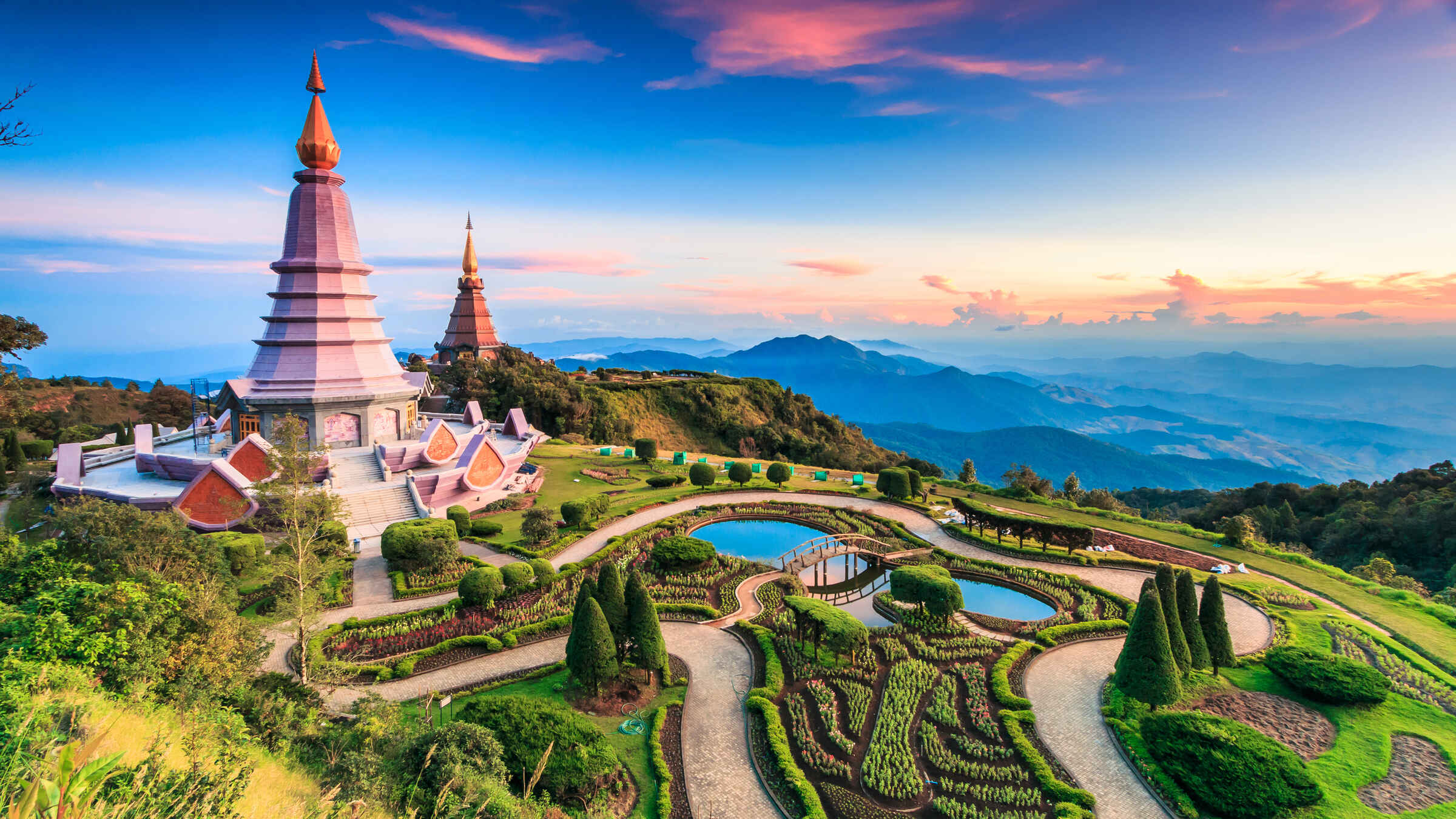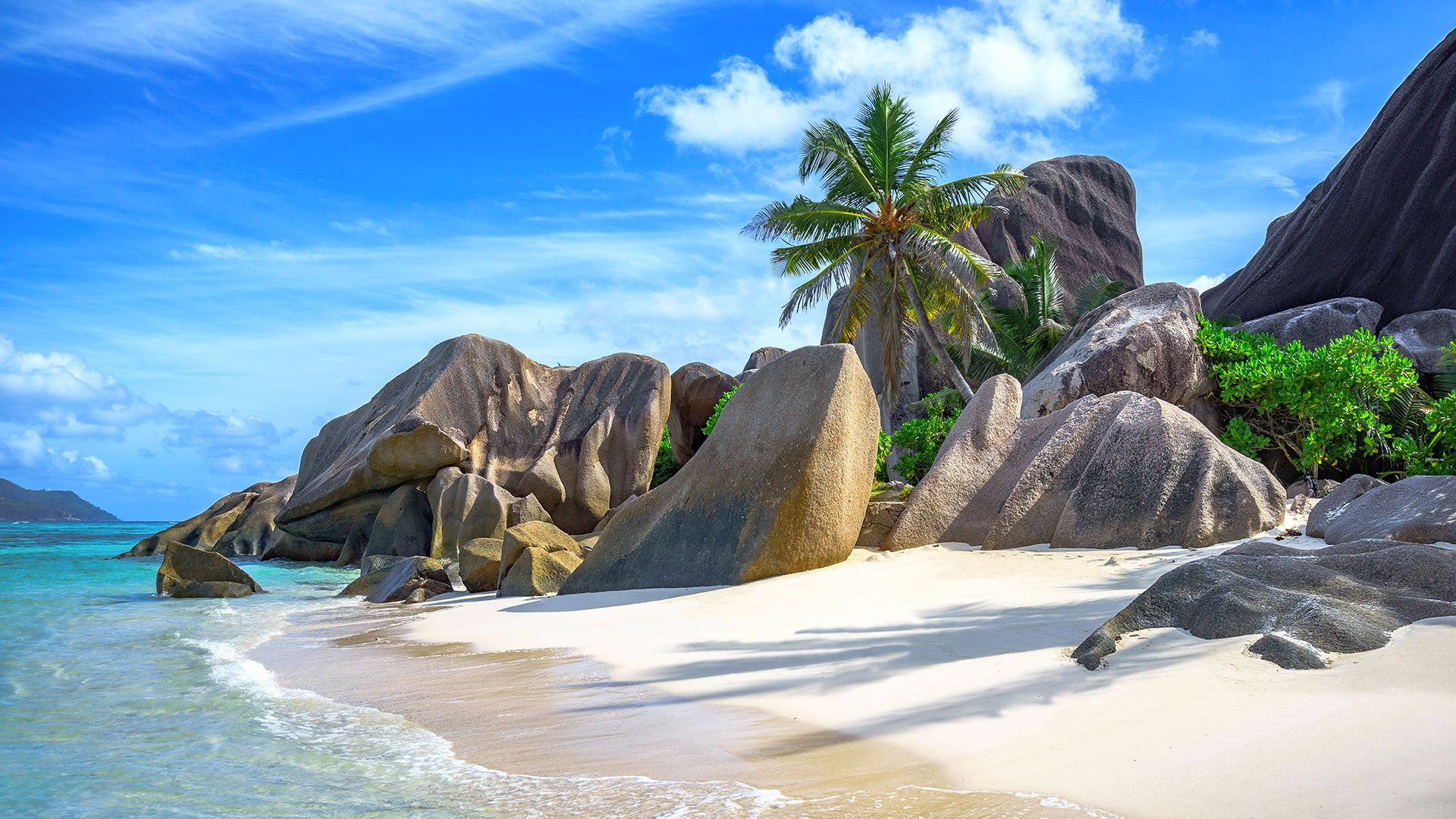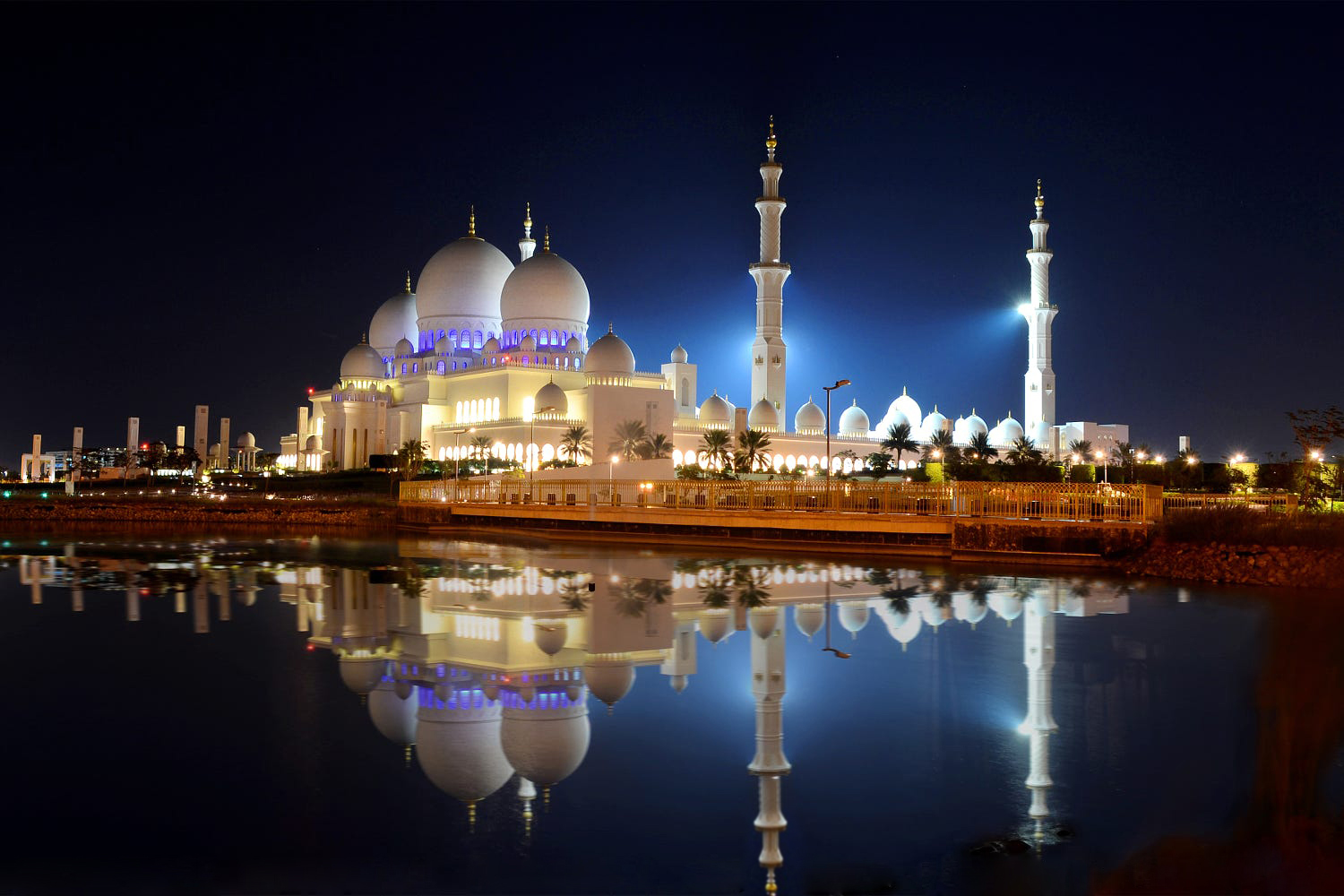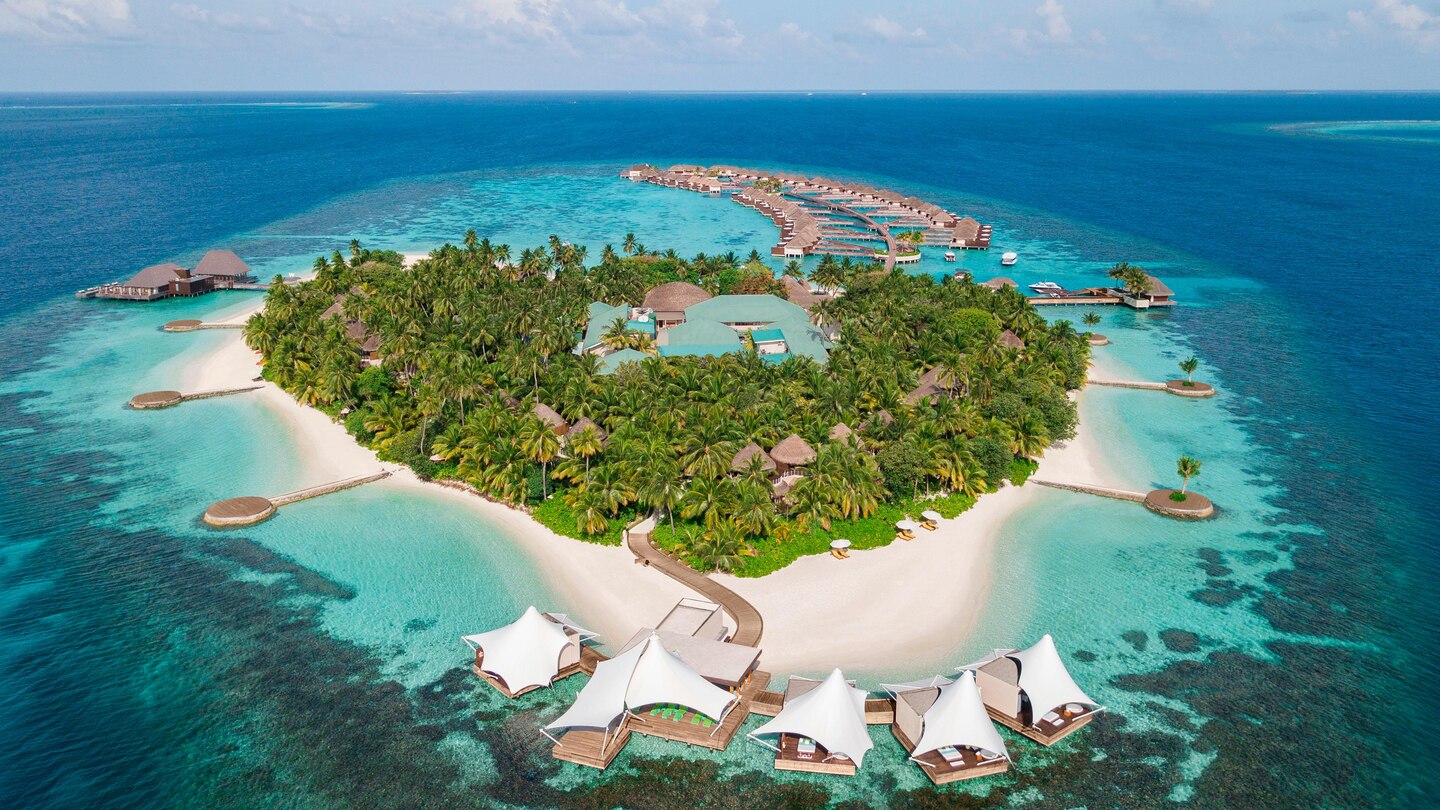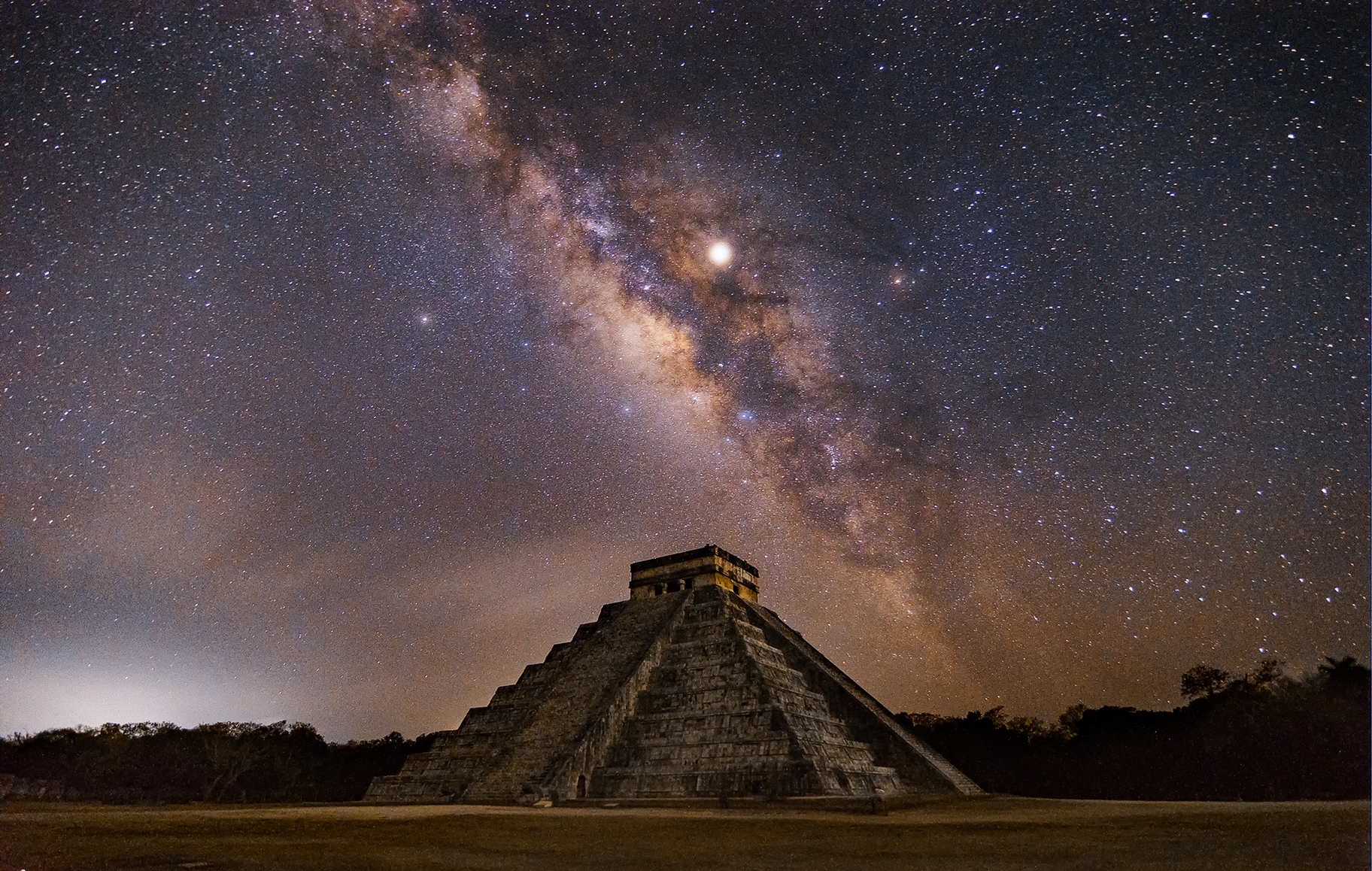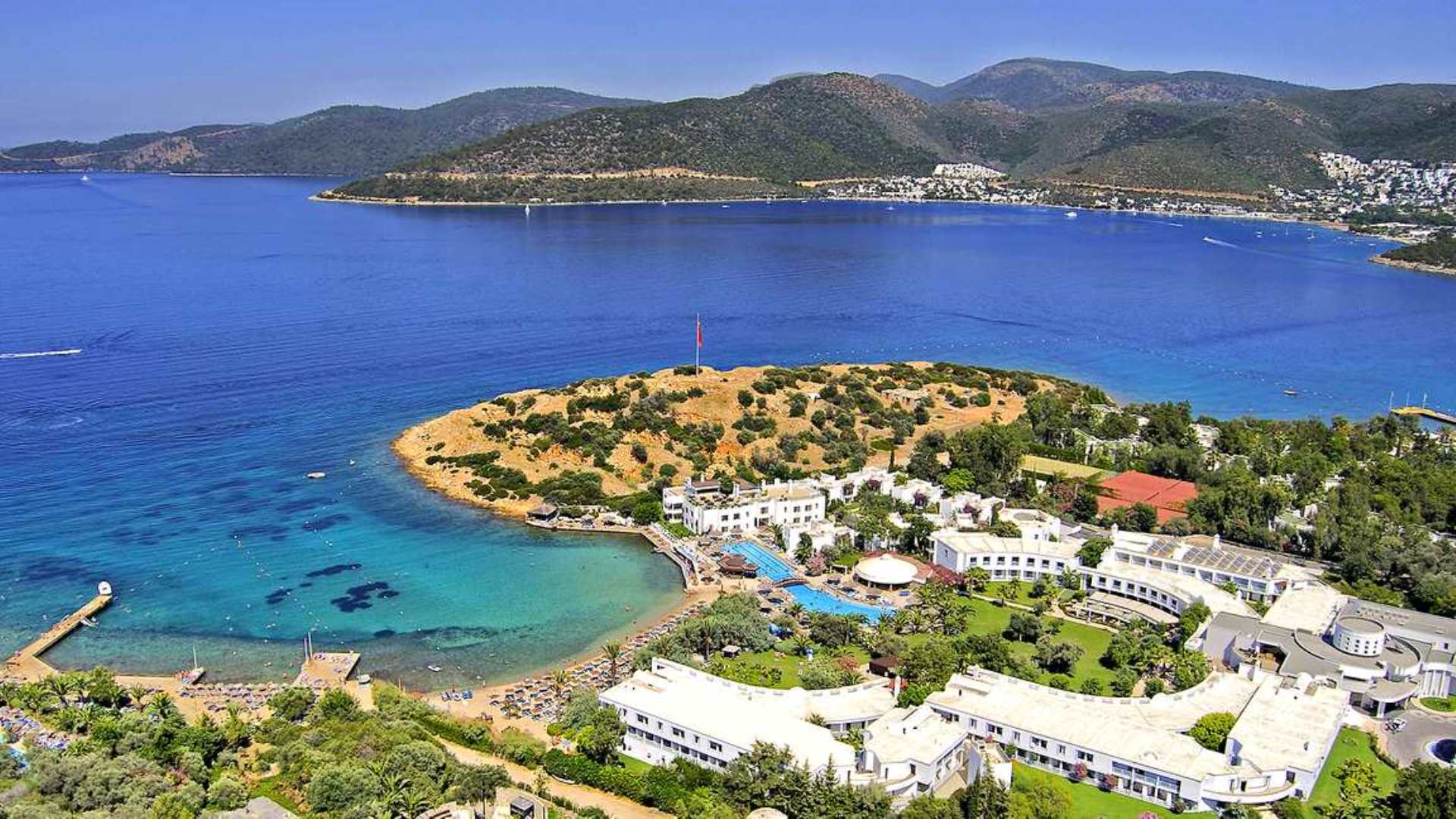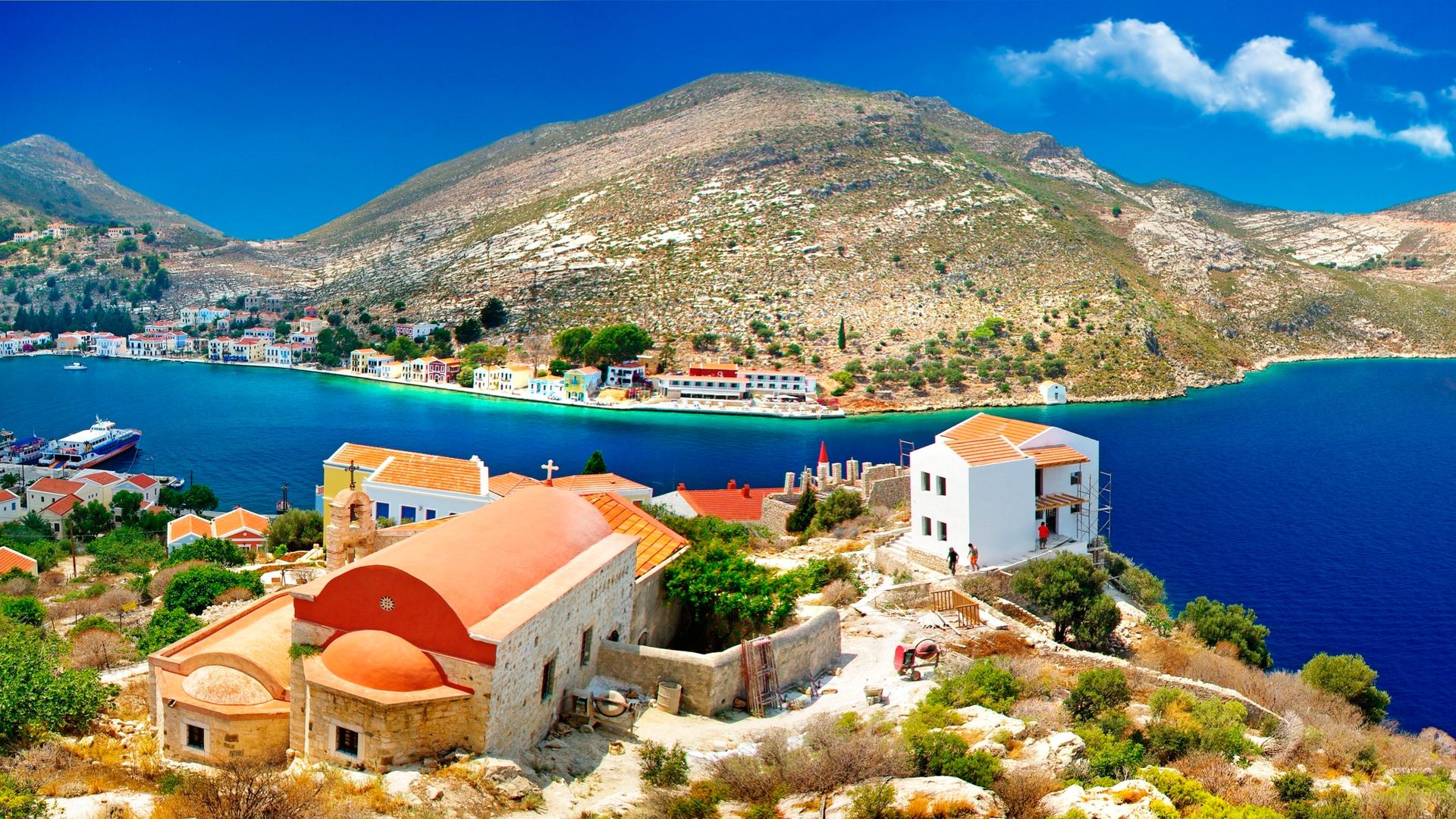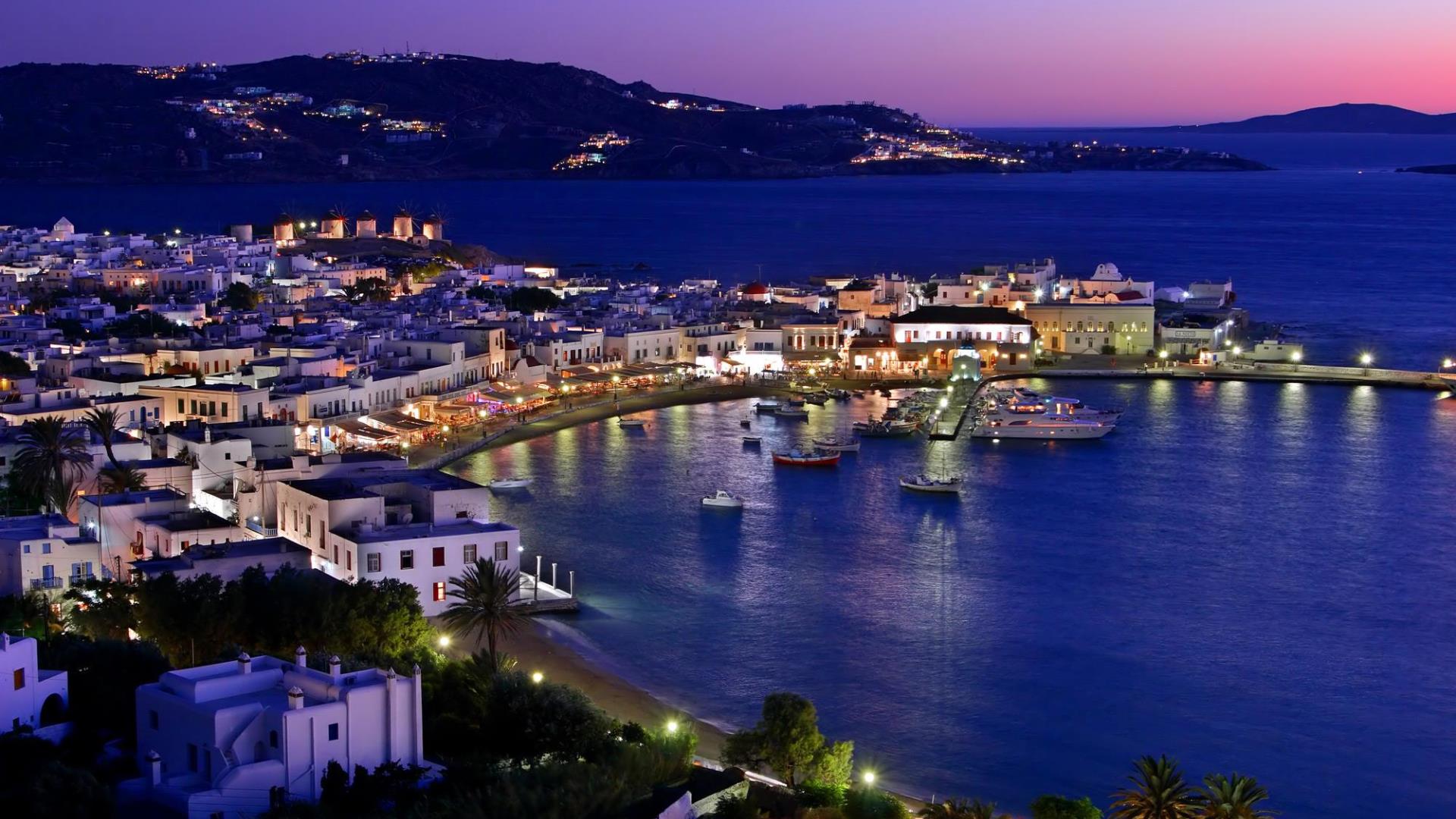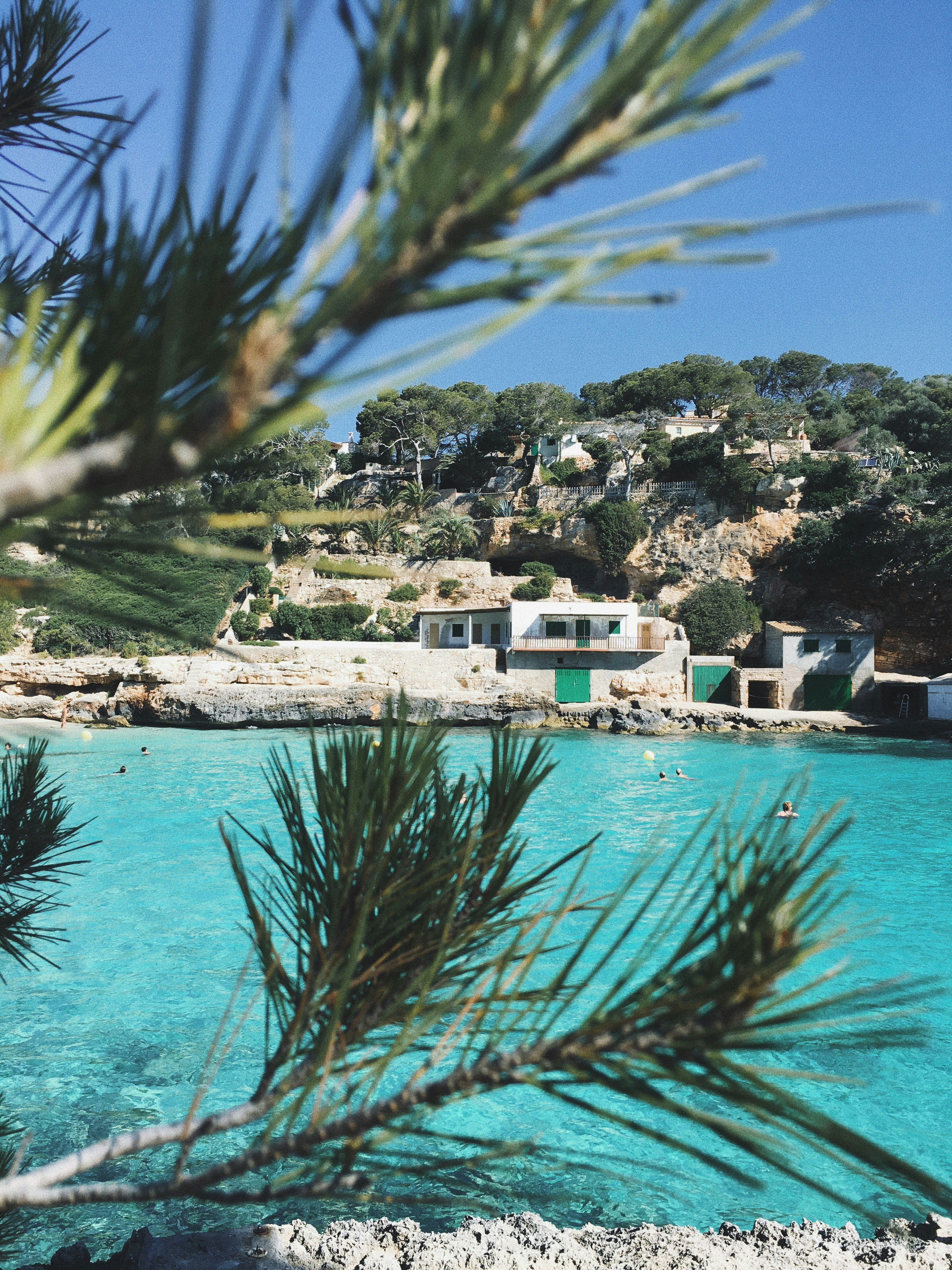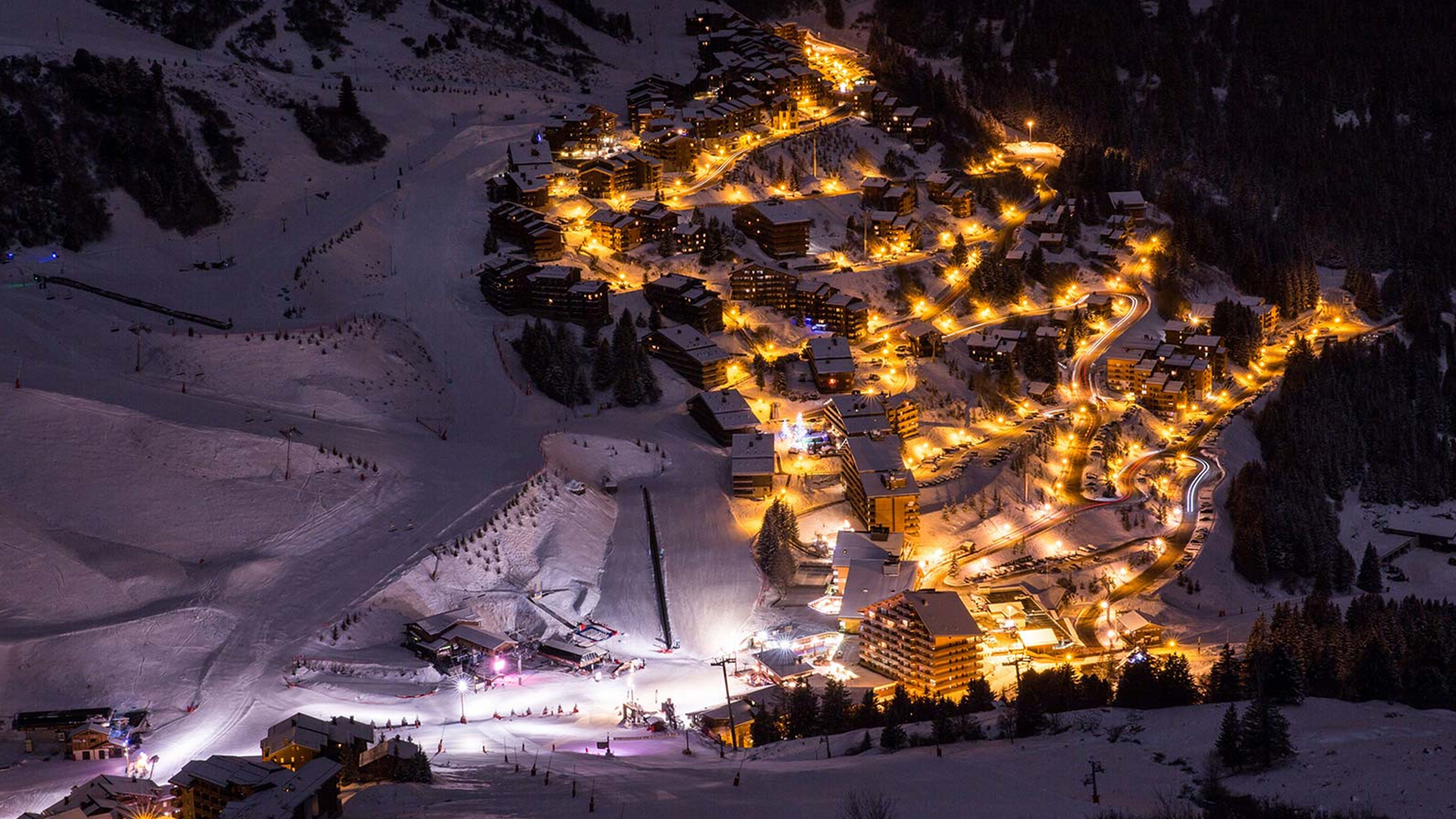Holidays in Larnaca
Hotels
Larnaca is the third largest city in Cyprus after Nicosia and Limassol with a population of over 40,000 people, the second most important port in the southern part of the island and the gateway to the world of Cyprus - the largest international airport of the island is located here.
Larnaca's calling card is undoubtedly the palm-lined Finikoudes embankment, from where a wonderful view of the bay with yachts moored in it opens up. There are many restaurants and street cafes where you can enjoy the sea view and watch the strolling public while having lunch or a glass of wine. This is a great place to relax and meet new people.
Larnaca's convenient location allows you to quickly get to other cities and resorts of the island. At the exit from the city there is the famous sandy beach Mackenzie, where there are many restaurants, taverns where you can taste dishes of fresh fish. Sports include water skiing, windsurfing, paragliding, jet skiing, canoeing, banana boating, tennis, beach volleyball and basketball, and yacht rental. There is a wide choice of restaurants, taverns and bars in the city itself, as well as in the Dhekelia Road area.
The history of the city goes back to the pre-Christian era. Since the Phoenicians discovered Larnaca in their voyages across the Mediterranean, this city has served as the main sea gate of Cyprus. Larnaca stands on the site of the city-state of Kition, founded in the 10th century BC, which is repeatedly mentioned in the Bible. According to legend, its founder was Noah's grandson. The great philosopher of antiquity, the founder of the Stoic school in Athens, Zeno (335 - 263 BC), was born here.
The country's main international airport is also located here. Opposite the airport, on the edge of the salt lakes, where flamingos spend the winter every year, stands the Hala Sultan Tekke mosque. In the very center of the city on the palm boulevard there are many cafes, cozy restaurants and taverns, and nearby - narrow streets with various shops, churches, museums and a fortress.
The palm alley "Finikoudes" (translated as little palms) is a favorite place for Larnaca children to play and for city guests to walk. The new tourist area with comfortable hotels is located just 10 minutes' drive from the city center.
Sights:
The Church of St. Lazarus is the oldest building in Larnaca. It was built in the 9th century on the grave of the very Lazarus, whom Christ resurrected. According to legend, Lazarus lived in Cyprus for another 30 years after his resurrection from the dead. On his marble sarcophagus is engraved the inscription: "Lazarus, friend of Christ." The name of the city is believed to derive from the Greek word "larnax", meaning coffin. This refers to the sarcophagus of Saint Lazarus.
The port fortress, built by the Turks in 1625, is located at the end of the palm-lined seaside boulevard that is the calling card of Larnaca. Now the fortress houses an exhibition hall with finds from ancient Kition and other areas of the island. The Pierides Museum is a particularly interesting place for lovers of archeology and history, the Church of Panagia Angeloktitos ("built by angels") in the settlement of Kiti (11 km from Larnaca) is famous for its magnificent mosaics, one of the best on the island.

